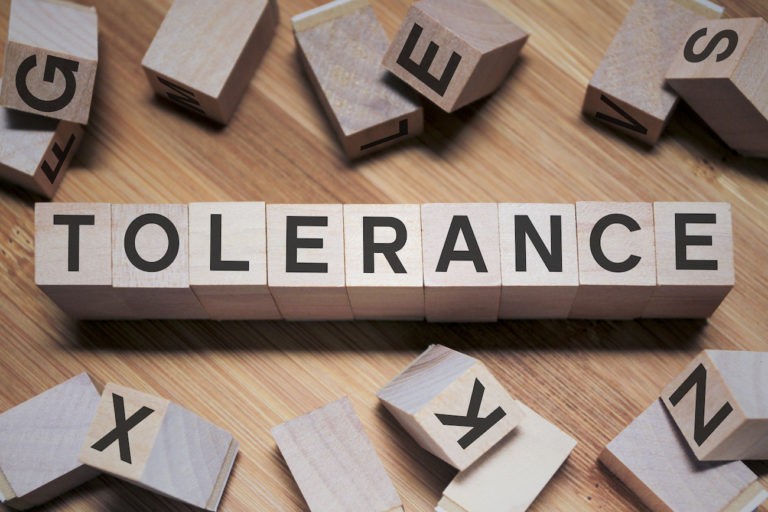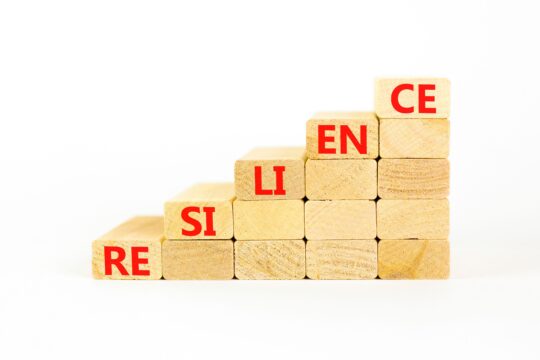Why is it Important to Teach Tolerance in School?
Teaching is the most important profession not only because it gives rise to all other professions, but also because of the direct impact teachers have on the future of the world. The goal of teachers everywhere is to prepare their students with the skills needed to experience future success, which this means that teachers must intentionally teach them skills to communicate and collaborate with people from a variety of backgrounds and cultures.
Strategies for Teaching Tolerance
Be Culturally Competent
The first thing educators must do before attempting to teach students tolerance is to understand and challenge their own biases related to race, class, gender, birth country, sexual orientation, age, religion, etc. Stay informed of issues confronting members of marginalized populations so that personal biases are continuously challenged and hopefully eliminated.
Classroom Agreements
Many teachers work with their students at the beginning of the year to develop a classroom agreement – statements about behaviors the class agrees are necessary for everyone to learn and feel safe in the classroom. These agreements almost always include a statement about respecting others. Take time to discuss what this means and intentionally ensure that students’ understanding of the word “respect” extends to include respecting differences in race, gender, religion, etc.
A Crumpled Smile
Students likely do not understand just how much people who have experienced intolerance have to hide their true feelings. Ask students to draw a large smiley face on a piece of paper and tell them to crumple the paper just a little every time you say a statement that they feel is wrong to say to or about someone. Say a variety of statements that inexplicitly demonstrate intolerance (select statements that are appropriate for the age of the students) until most students have crumpled their papers into balls. Then ask students to un-ball the paper and smooth out the wrinkles to the best of their ability. Lead a discussion about the condition of the paper and the fact that the smile is still there. This exercise encourages empathy by giving students a visual representation of just how much intolerance hurts others.
Teach Through Text
Discussions about bias and stereotypes are critical to teaching tolerance. Use books or other texts to help students talk about representation in texts and the messages being transmitted in those representations. Read the text aloud as students follow along and have them identify the style of language used and elements of the plot. Ask questions to help them identify stereotypes through what is and is not represented. Discuss when positive and negative language are used and which characters each type of language refers to. Ask them to tell you about how certain parts of the text made them feel and which characters were present at the time. There can also be discussion about which characters are smart and which are shown as unsuccessful. Give students the opportunity to respond to the text (verbally or in writing) by answering questions about why the author’s representations were fair or not and what they would change to make the representations in the text more accurate.
We’re All Unique
Brainstorm a list of physical differences that exist among people. Ask students to specifically provide words related to the differences in shape, size, color, etc. of people’s heads, torsos, and legs/feet. Then divide the class into thirds and assign one-third to draw heads with necks, one-third to draw torsos, and one-third to draw legs with feet. Randomly assign trios to put together one person. After students have gotten a good laugh out of how unique their newly created person is, ask them to point out a difference between themselves and the other members of their group that they like or admire. Have a whole-class discussion about respect and why it’s okay—and beneficial, even—for people to have a variety of attributes.
Facilitate Critical Conversations
Students of all ages recognize and/or experience the injustices inherent in biases, and they want to talk about it. They see these prejudices in the world every day, and it’s up to educators to provide a safe space for children to have conversations that lead to empathy and understanding. Set up the classroom space so that it’s conducive to discussion, be sure that you’ve set a clear goal and behavioral guidelines for the conversation, and plan how you will keep students from being triggered or feeling singled out. Conversations about identify and injustice can provoke a range of emotions, so be prepared to address strong emotions so that the conversation is able to continue. Discomfort is necessary for growth to occur, so it’s okay for students to be uncomfortable during this conversation as long as tension does not become confrontation.
Teachers have the opportunity to counteract learned biases and attitudes of intolerance that children learn elsewhere by providing a space where all students are treated fairly and without bias. When students are explicitly taught to respect and love those who are different, the cycle of hate is disrupted and teachers show once again why they are heroes.




